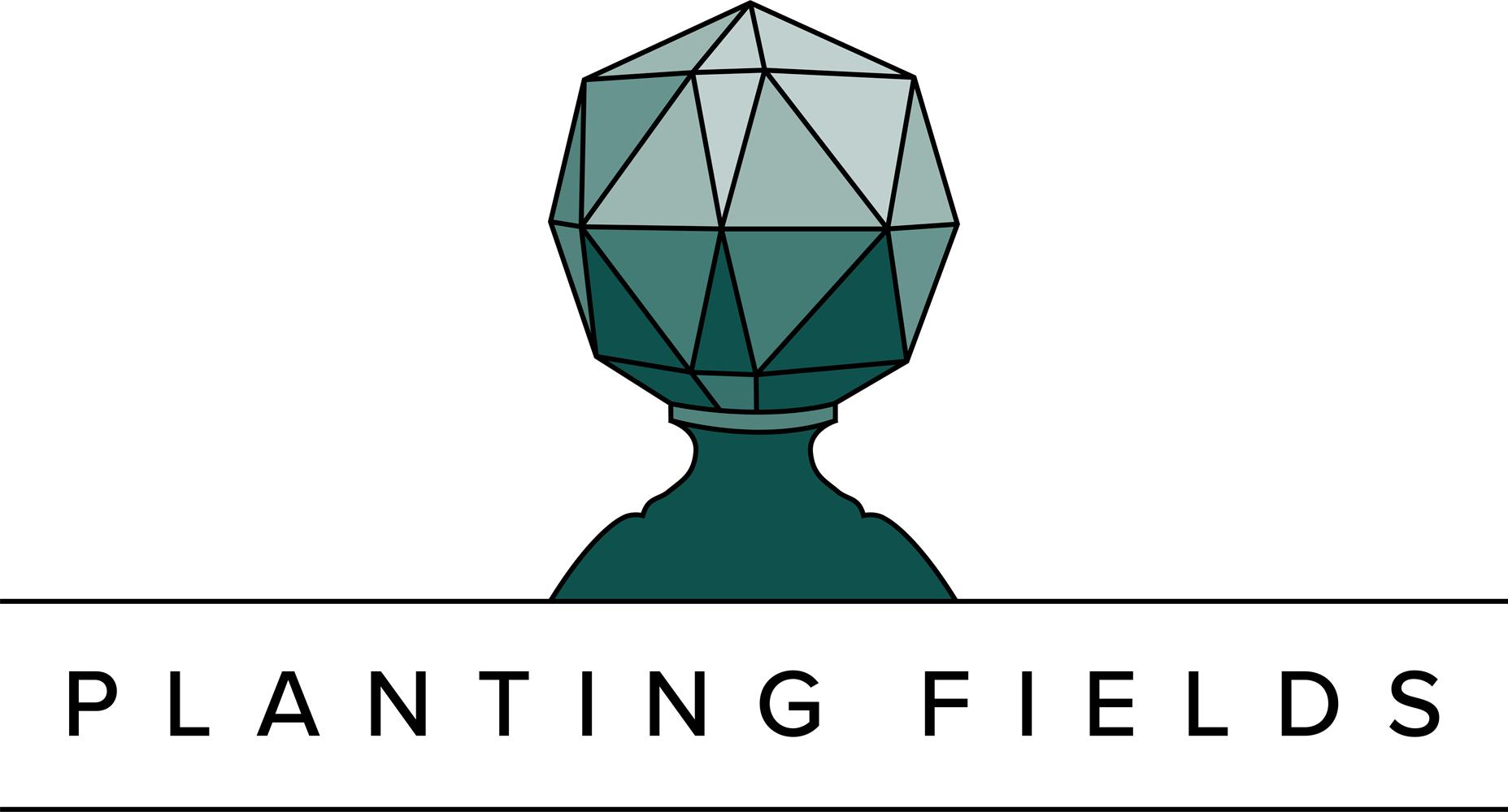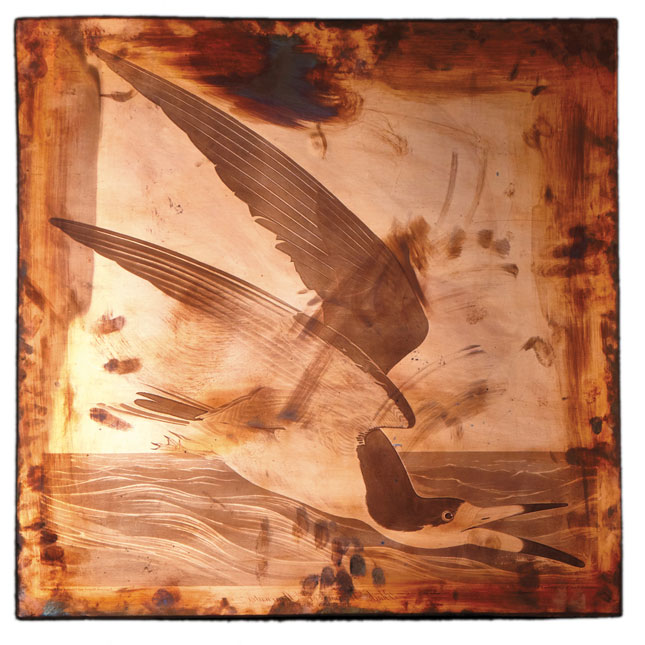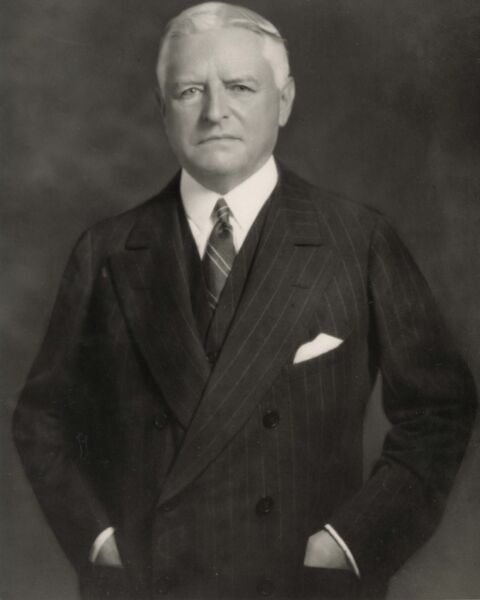
W.R. Coe photographed for Yale University, 1948.
Western Americana
W.R. Coe was an avid collector of both Western Americana and ornithology—he ensured that these collections would be available to scholars by donating both collections to Yale University. He also believed in documenting his collections and making them accessible by funding cataloguing initiatives for both collections. Coe was awarded an honorary degree of Master of Arts by Yale in 1949.
In 1942, W.R. Coe began donating his collection of rare books, maps, manuscripts, and art related to the American West to Yale University. At the time it was considered the largest assemblage of this type of collection. It was broken up into the history of eight western states: Oregon, Washington, Idaho, California, Utah, Nevada, Colorado, Wyoming, along with the Dakota country and British Columbia. He insisted that it be called the “Yale Collection of Western Americana” instead of the “Coe collection” so that it could be built upon. His generous endowment ensured that the collection would be cared for a curator, further acquisitions could be supported, and a faculty chair in American Studies was established.
The materials include letters and journals like this one from the Granville Company from 1849, which recorded a journey from Zanesville, Ohio to Independence, Missouri.
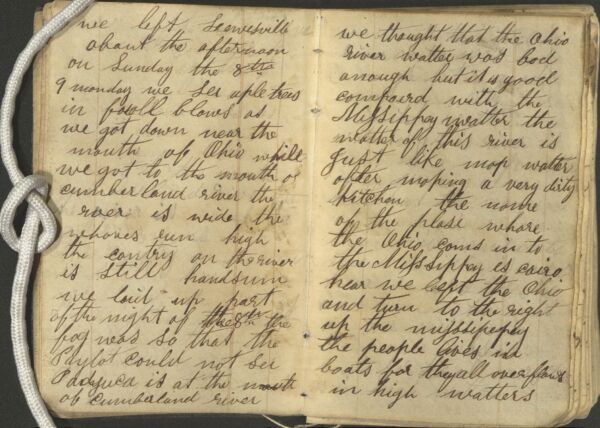
Granville Company Diary. Western Americana Collection, Beinecke Rare Book and Manuscript Library, Yale University.
In addition to manuscripts Coe donated artwork like this painting, by Paul Kane of a buffalo hunt, created circa 1846-1848. It’s possible that this work influenced the theme of the buffalo hunt mural by Robert Winthrop Chanler in the Breakfast Room at Planting Fields.
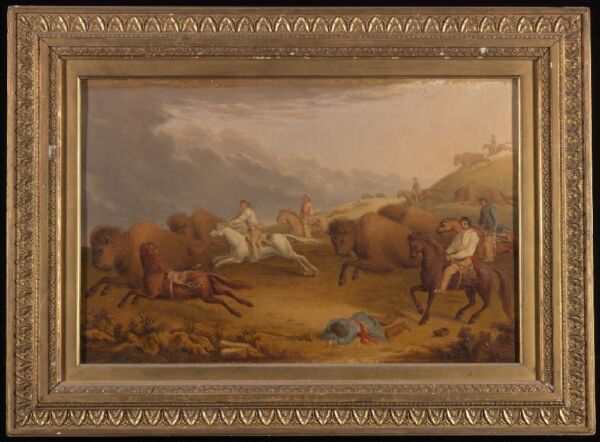
Paul Kane Paintings. Yale Collection of Western Americana, Beinecke Rare Book and Manuscript Library.
Ornithology
W.R. donated his collection of ornithological books to Yale, along with original copper plates for John Audubon’s Birds of America in 1952. The William Robertson Coe Ornithological Library is a non-lending research and teaching collection of books, journals, documents, and artwork. Again, looking toward the future, Coe ensured its care by endowing an ornithology professor. He left a bequest for a “room for ornithology” which at the time was in the new wing of the Peabody Museum. Ornithologist S. Dillon Ripley wanted the space to evoke the library—likely referring to the Great Hall— at Planting Fields, “the one which he and I spent so many pleasant hours discussing, of the bird books in that long library room at Planting Fields.”
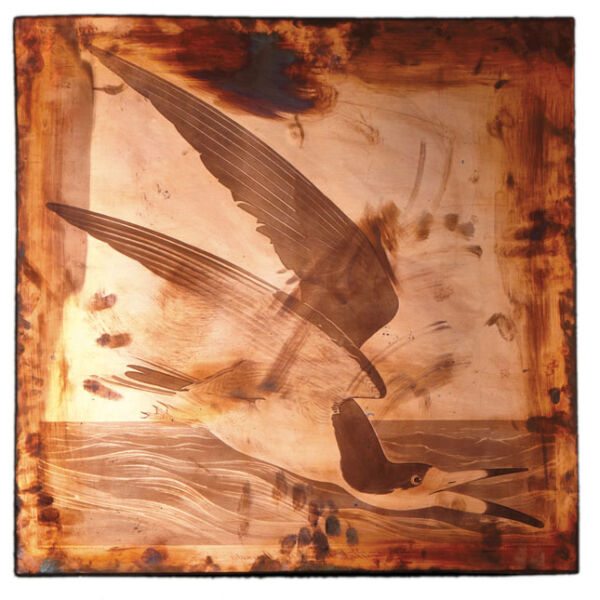
Copper plate of Black Skimmer, William Robertson Coe Ornithological Library, Yale University. It’s among 80 copper plates known to exist and was used to create prints.
“Thanks to Mr. Coe’s foresight, the historians of the West have now at their disposal, in the Yale Library, the materials which make possible the telling of a great chapter in our national history.”- James T. Babb, Secretary, Yale Library Associates, 1949.
I recently had the opportunity to view some of these materials in person during a visit to Yale and gained a great understanding of W.R.’s belief in preserving history and making archival resources available today—much like what we strive to do at Planting Fields. Click here to learn more about Coe’s Western Americana collection through this digitized catalogue available through Yale.
Marie Penny, Michael D. Coe Archivist
